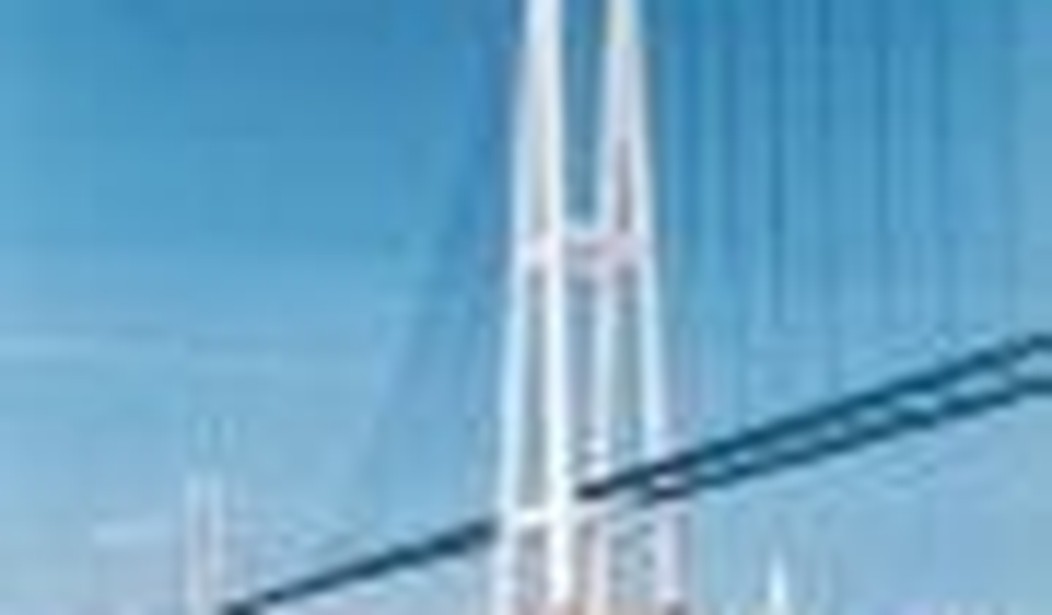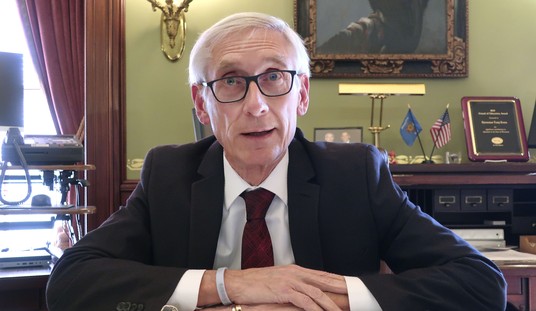Last month, General David Petraeus, head of U.S. Central Command, told Congress that Yemen could easily become another Afghanistan. Petraeus’ info came on the heels of similar information conveyed to Congress a month earlier by Dennis Blair, director of national intelligence. In Blair’s U.S. national security threat assessment, prepared annually for the Senate Select Committee on Intelligence, Blair fingered both Yemen and Somalia as two of the world’s worst security threats.
Yemen, Blair said, was “reemerging as a jihadist battleground and potential regional base of operations for al-Qaeda to plan internal and external attacks, train terrorists, and facilitate the movement of operatives.” Supporting that theory was the fact that when Interpol recently released an orange alert for 85 most wanted terror suspects, the majority of the men (most of whom are Saudis) were listed as believed to be in Yemen. And then just last month, Saudi police discovered a terrorist cave compound in the mountains that run along the Saudi-Yemen border, complete with weapon stockpiles, hostage-holding cells, and camera equipment, ready to film … something.
Across the sea from Yemen, in Somalia, Blair said, “the influence of the Somalia-based terrorist group al-Shabaab” had grow exponentially with the help of “al-Qaeda operatives in the Horn.” Earlier this week, CNN ran a headline story, complete with video footage, featuring an American man called Abu Mansoor al-Amriki — whom al-Qaeda calls “the American” for short — urging his “Muslim brothers in Mujahid Somalia” to join al-Qaeda. The al-Shabaab terrorist organization, thriving alongside the pirates whose headquarters is also there, is now using hip-hop to promote jihad. This begs the question: who needs Koranic verse when you can scribe lyrics like:
Away from your family, away from our friends, away from ice, candy bars, all those things is because we’re waiting to meet the enemy.
Or:
Mortar by mortar, shell by shell, only going to stop when I send them to hell.
Yemen and Somalia have been breeding, training, and harboring terrorists for decades. Geographically, the two countries face each other across the Gulf of Aden, one of the most dangerous and troubled waterways in the world. In considering the bleak geographical proximity of two of the world’s ever-increasing security threats, I was reminded of one of the strangest news stories from last year, right around this same time. That would be the ambitious plans of Tarek bin Laden, the developer brother of the world’s most wanted terrorist Osama bin Laden, to build the world’s longest suspension bridge between the two terrorist havens. Reported to cost as much as $70 billion, that’s one very expensive bridge over very troubled waters. Why anyone would spend this much money building such a thing is even more confusing than al-Qaeda’s approval of hip-hop lyrics as a means to return to the Islamic ideal of an eighth-century-like world.
Yemen is the poorest nation in the Arab world. With an unemployment rate of 35 percent, nearly 50 percent of Yemenis are illiterate — neither is a promising statistic for a scenario of rapid economic growth. As for Somalia, save piracy and jihad hip-hop, the country currently exports almost nothing. What exactly will this bridge — stretching from Yemen to Somalia’s tiny neighbor, Djibouti — transport back and forth?
“This has been Sheik Tarek’s idea for many, many years,” Jameel Murshed, a lawyer for Middle East Development LLC, the partnership led by Tarek bin Laden, told the Washington Post last May. “He wants to serve his mother country.” Osama and Tarek’s father, Mohammed bin Laden, was born in Yemen.
Which doesn’t answer the question. Nor can the San Francisco-based public relations firm Noor City Development Corporation, which was hired to manage the project. “The benefits of such a transportation route are unfathomable,” Noor says on its website, without any mention of what those benefits might be. Even Noor City employee Amman M. Said, a representative from Addis Ababa, Ethiopia, told the Post, “When I talk to people about [the bridge], 99 percent of the time they think it’s a joke at first.”
Is it a joke, then? Or is it something else? Last summer, reporters for the Economist viewed a promotional video on the bridge project (originally named Bridge of Tears but later renamed Bridge of the Horns). In it, a voice promises that the bridge will be “a hope for all humanity,” claiming it would surely propel Djibouti into becoming “the first environmental city of the 21st century.” And yet the Economist could find no African official to “explain how the [city of Djibouti] could run on renewable energy” when 150,000 of its 800,000 people are “facing imminent starvation.”
That’s not all. The Economist also reported that bin Laden’s partner, Muhammad Ahmed al-Ahmed, “a Saudi former shipping executive,” had previously worked for the American military contractor DynCorp. Other behind-the-scenes partners include U.S. defense contractors Allied Defense Systems and Lockheed Martin — two companies hardly known for their interest in renewable energy.
Since the original flurry of reporting last year, little more has been written about one bin Laden brother’s seemingly inexplicable Bridge of Horns. Meanwhile, the other bin Laden brother, Osama, continues to successfully transport jihad back and forth between the Middle East and Africa with the ultimate goal of bringing his global enterprise to America.









Join the conversation as a VIP Member